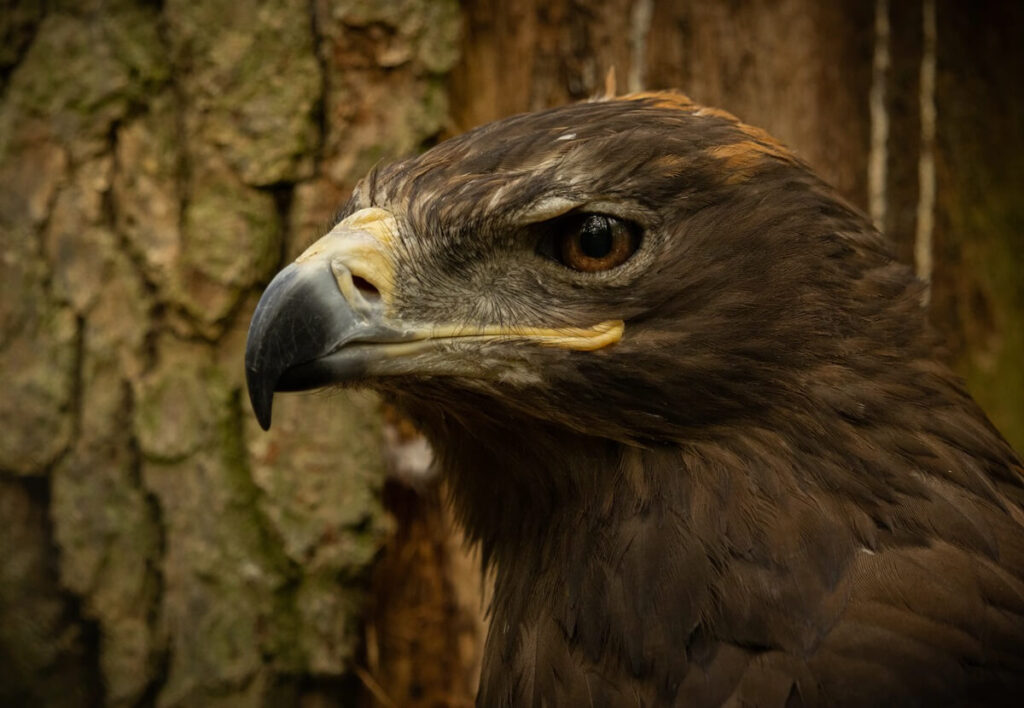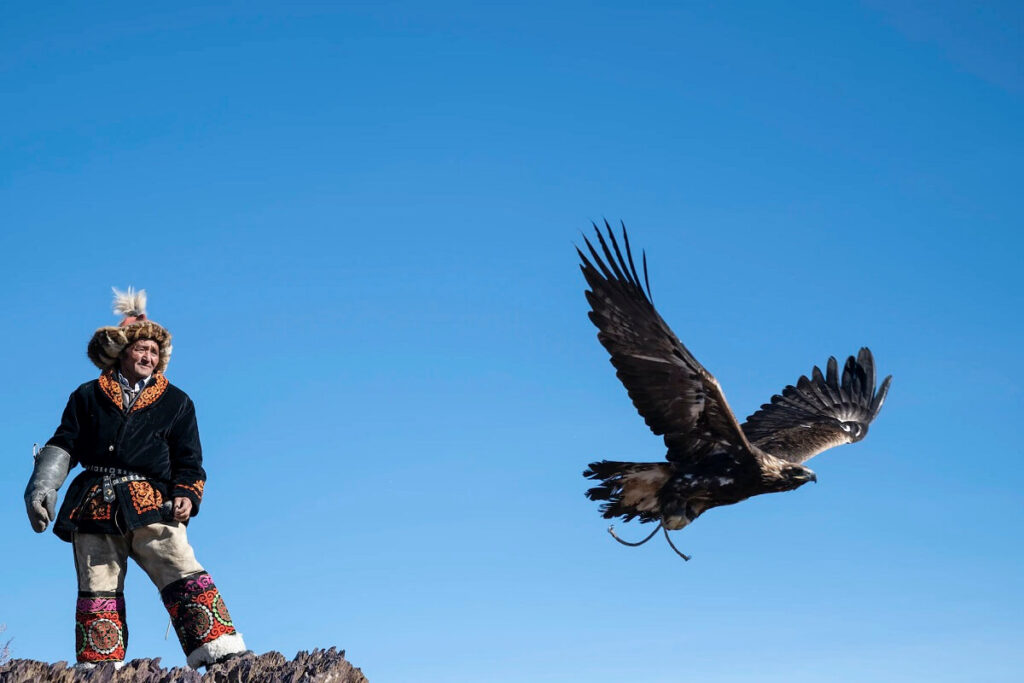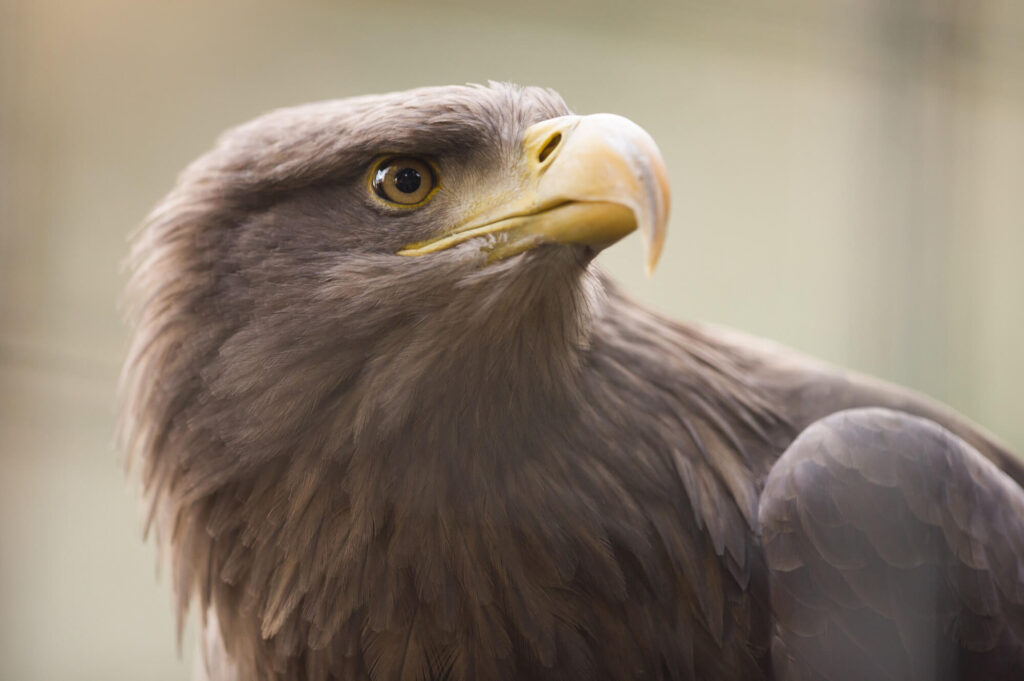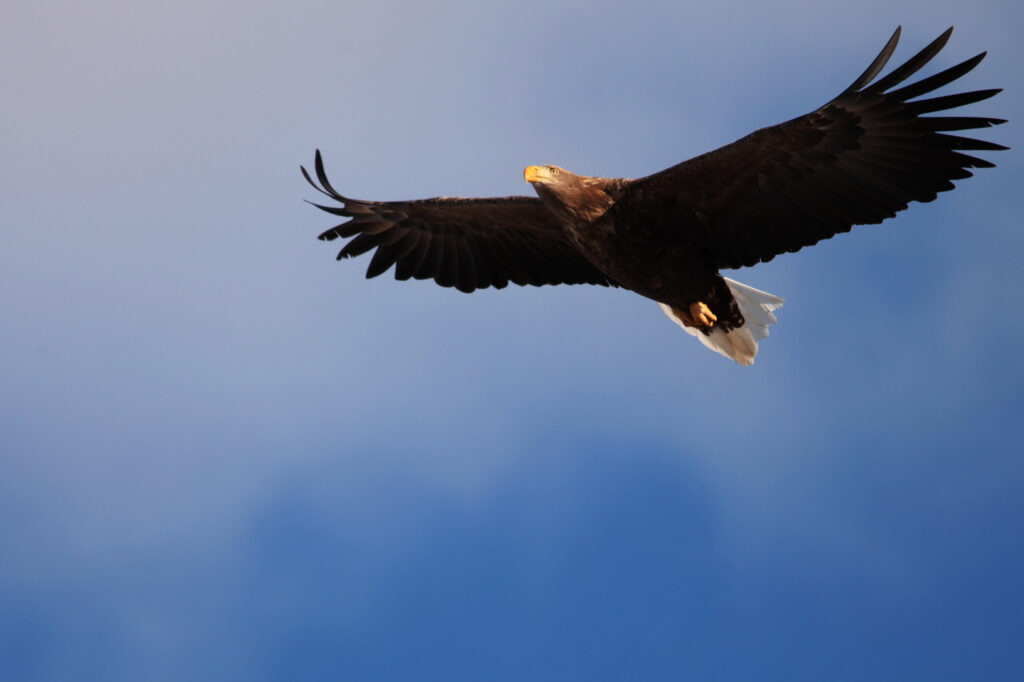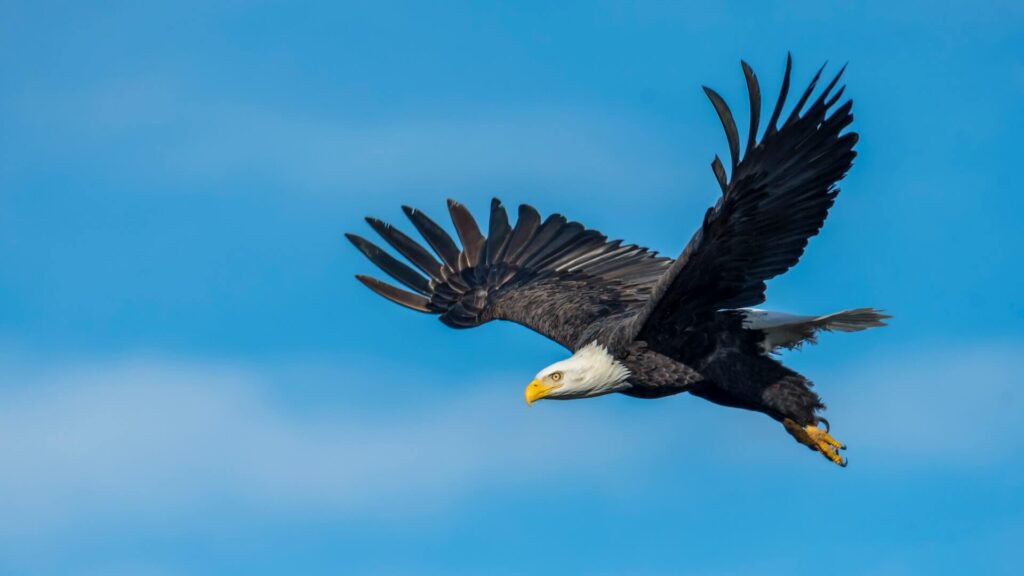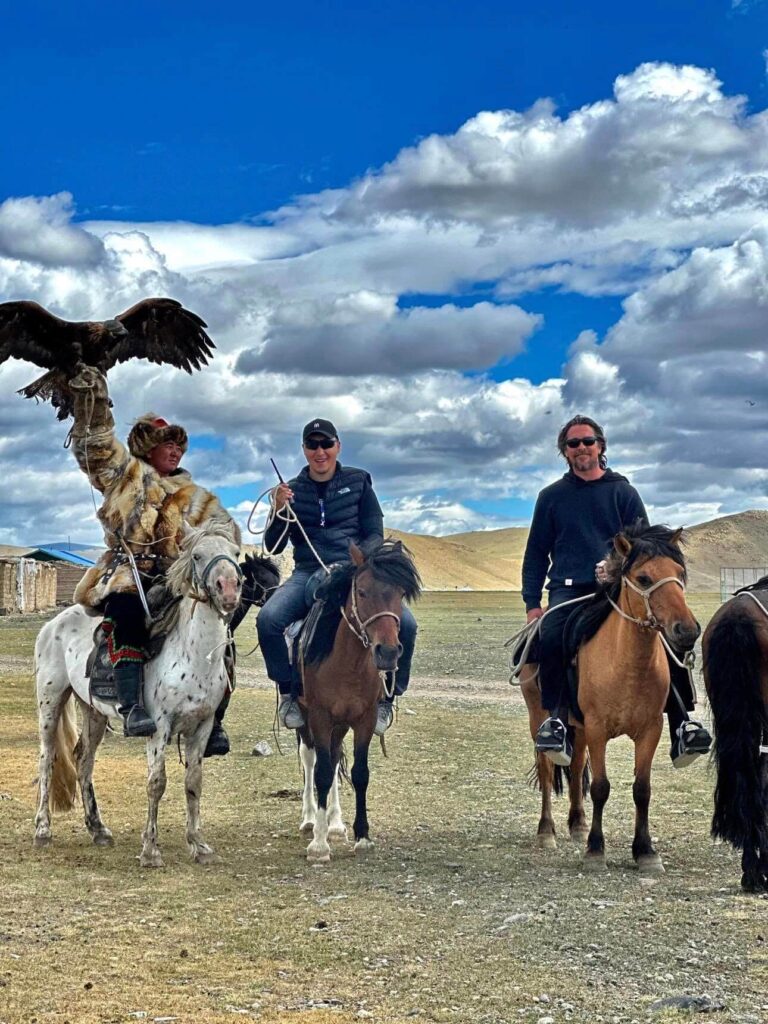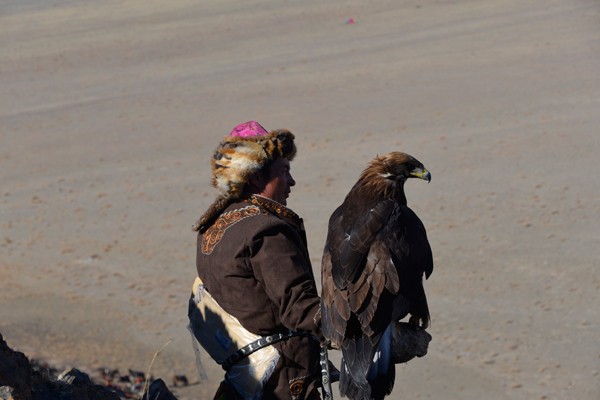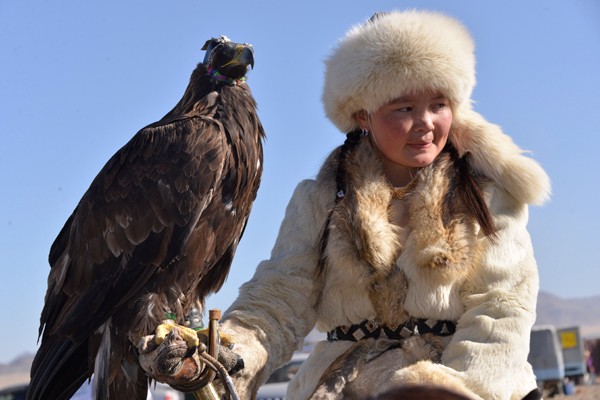In the realm of avian predators, eagles reign supreme, with each species possessing its own unique charm and characteristics. Two remarkable members of this majestic bird family, the Philippine Eagle vs Golden Eagle, may share the same title, but they exhibit notable differences in terms of appearance and size.

In this article, we will explore these distinctions, providing insights into the physical attributes and size variations that set these magnificent raptors apart.
The Philippine Eagle: A Crowned Giant
The Philippine Eagle (Pithecophaga jefferyi), commonly known as the “Haring Ibon” or “King Bird,” is not only one of the rarest and most endangered eagle species worldwide but also among the most visually captivating.

Physical Characteristics: The Philippine Eagle is adorned with a long, brown tuft of feathers at the apex of its head, forming a mane-like crest. Its nape and overall plumage feature shades ranging from yellowish-white to brown-white.
Sporting bluish-gray eyes, a beak of the same hue, and yellow, muscular legs equipped with dark talons, it is a striking and regal sight. The underside and underwings are pure white, creating a striking contrast with the rest of its plumage.
Size Distinctions: Measuring over 1 meter from tail to head, the Philippine Eagle is larger than a human toddler and more than half the size of a fully grown adult.
The Golden Eagle: Majestic Monarchs of the Skies
The Golden Eagle (Aquila chrysaetos) represents a formidable and widely recognized bird of prey, celebrated for its potent hunting abilities.
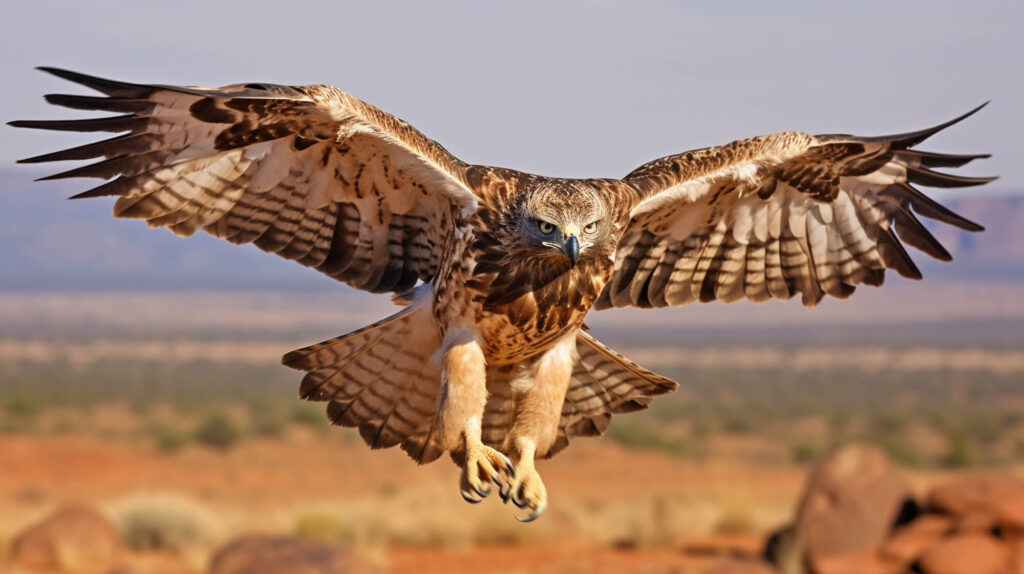
Physical Characteristics: Golden Eagles feature distinctive golden plumage on their heads and napes, with dark brown feathers dominating their bodies. They have brown or hazel eyes and exhibit yellow feet equipped with dark talons. Juvenile Golden Eagles possess characteristic white speckles on their wings and tails, adding to their distinct appearance.
Size Distinctions: Golden Eagles display variations in size based on gender, with females weighing between 6-15 pounds (3 to 7 kg) and males typically weighing around 7 pounds (3.6 kg). They can grow up to 3 feet (66-100 cm) in length, with wingspans ranging from 6 to 7.5 feet.
Comparing the Magnificent Philippine Eagle vs Golden Eagle
Geographic Range:
- The Philippine Eagle is indigenous to the Philippines, with an exceedingly restricted distribution.
- The Golden Eagle’s habitat spans a vast region, encompassing North America, Europe, and sections of Asia such as Mongolia.
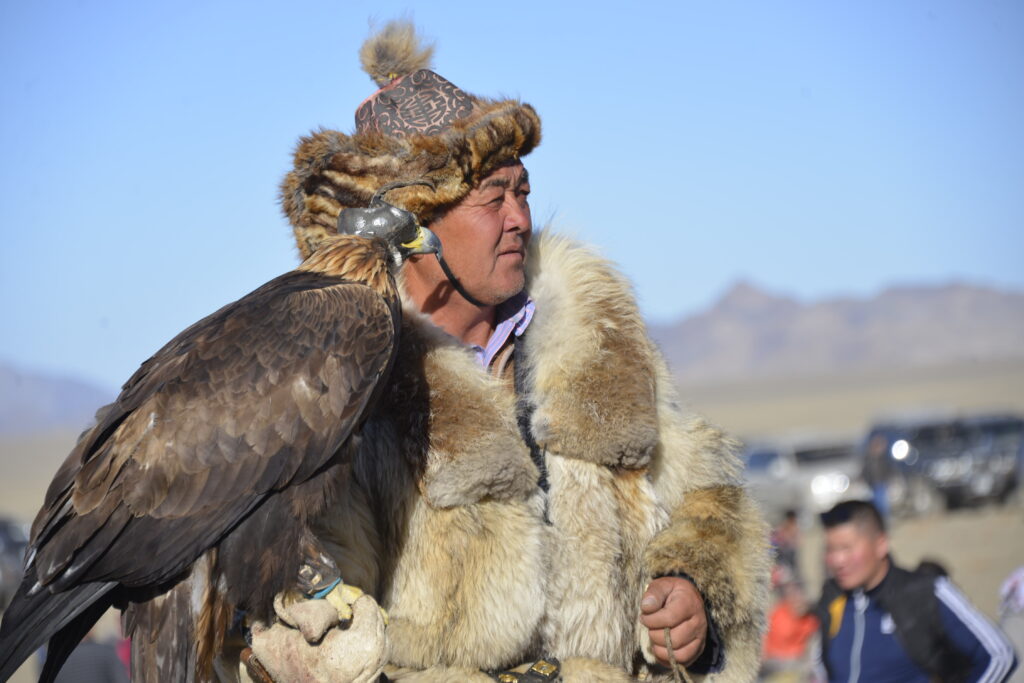
Behaviors:
- Philippine Eagles are often solitary birds, typically seen alone or in pairs. They are known for their territorial behavior, defending their hunting grounds against intruders. Due to their elusive and reclusive nature, observing their behaviors in the wild can be challenging.
- Unlike the Philippine Eagle, Golden Eagles are more likely to be seen in pairs during the breeding season. They engage in impressive aerial courtship displays, which involve spiraling and tumbling flights. Golden Eagles are also known for their ability to adapt to a variety of habitats, from mountains to open grasslands, displaying a less territorial behavior compared to the Philippine Eagle.

Hunting
- Philippine Eagle is known for its behavior as a skilled and patient hunter. It primarily preys on small to medium-sized mammals and even monkeys, using its powerful beak and talons to capture its prey with precision.
- With a formidable grip strength of approximately 530 pounds per square inch, the Philippine eagle possesses the capacity to effortlessly exert immense pressure, capable of crushing not only the bones and spine of its prey but even a human skull.
- Golden Eagles are known for their soaring flight patterns as they hunt for prey. They are opportunistic hunters, preying on a wide range of animals, including birds, rabbits, hares, and other small mammals.
- The talons of the Golden Eagle are recognized for their gripping power, measuring approximately 400 pounds per square inch. While this force is not as formidable as that of the Philippine eagle, it still surpasses the grip strength of an adult human hand by approximately tenfold.
Understanding these differences contributes to our appreciation of these magnificent raptors and the efforts required to protect and preserve them for future generations to behold and admire.






